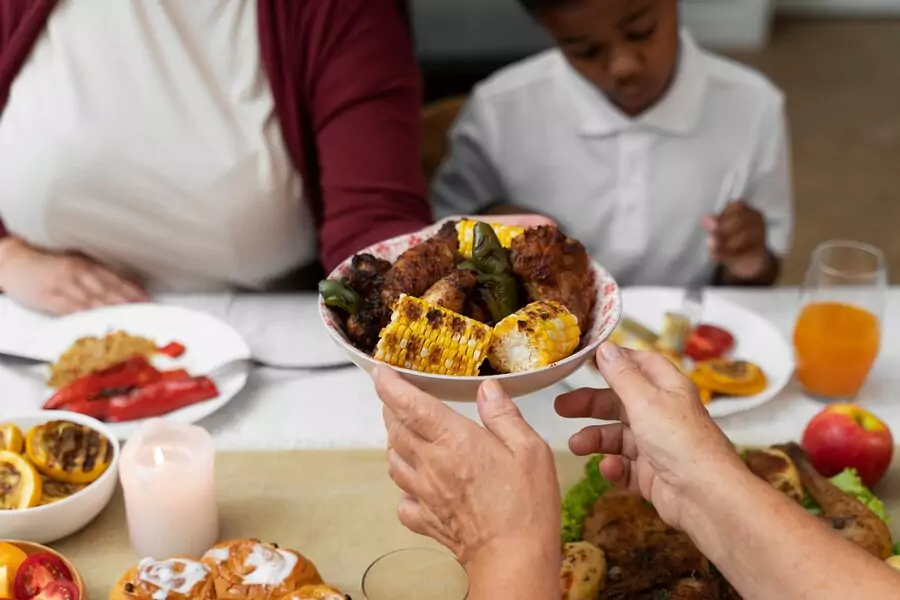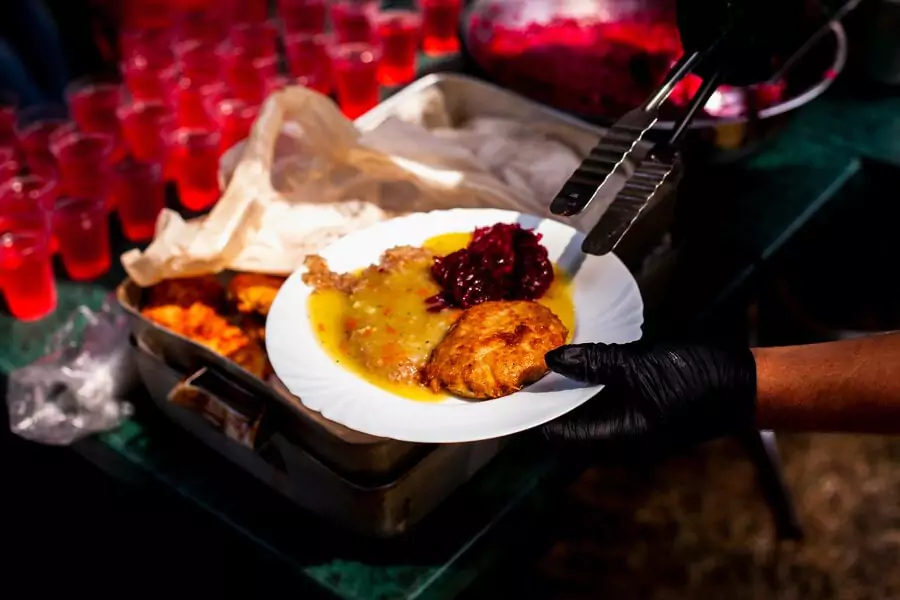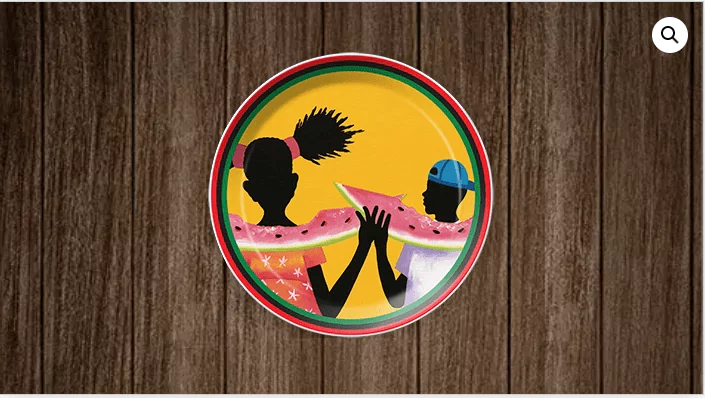Schedule Appointment
Schedule Appointment

The African American cooking traditions are vibrant and colorful, with a rich history, culture, and resilience. The tragic history of slavery has shaped these foods, the resourcefulness of African forebears, and the creativity born of the toil of Black families in America. From nourishing stews to delicious soul food, Black cultural foods are more than a meal – they’re a celebration of survival, community, and pride.
In this blog, we will consider the significance of Black cultural foods or traditional African American food including well-known dishes and emerging types of African American cooking traditions. We will also discuss the cultural importance of plates such as First Generation College Student Plates, The Fruit Ladies Plates, and summer’s Dreams – Ice Cold Watermelon Plates and how they indicate the continued legacy of Black culture in food.

The foundation of African American cooking lies in the African origins that enslaved ancestors brought to America. Despite suffering hardships during the transatlantic slave trade, African Americans developed distinctive food traditions based on resourcefulness and creativity, utilizing the black cultural foods and cooking techniques available in their new environments.
Dishes such as okra, collard greens, yams, and black-eyed peas became staple elements of Southern cooking. The cooking techniques, often passed down through generations, told stories of resilience, community, and survival. The method of seasoning food with spices and herbs, a practice from African cuisine, is evident in the robust and flavorful tastes of dishes we know today.
Soul food is one of the most thoroughly documented and iconic aspects of Black cultural cuisine. It’s a style of cooking and way of life, with dishes that are a part of African American family culture, particularly in the Southern United States. Soul food is comfort food – rich, satisfying, and infused with love. It’s the kind of food that nourishes not only the body but the soul.
These black cultural foods have changed over time but still maintain tradition. The ingredients could have been altered based on what was available, but the flavors and the character of the black cultural foods are the same.
In African American culture, food is not just what you put on the plate; it is also about how we share and enjoy it together. That is where the idea of plates enters, representing the various stages, experiences, and pleasures of life. From the caring plates of family meals to the new plates showing a new generation’s dreams, Black dining culture just keeps growing.
The First Generation College Student Plate depicts the journey to academic and personal success, especially for African American students who are the first from their families to go to college. This plate represents the sacrifices of past generations and the breaking of family barriers.
A First Generation College Student Plate can include comfort black cultural foods such as fried chicken or mac and cheese with steamed vegetables or collard greens. It symbolizes the bridge between family roots and hope for academic success. For most students, the food is a reminder of home, even with distance.

The plate also signifies strength. For most African American students, college attendance is not without challenges, including money issues, adjusting to a new culture, and pressure to succeed. The plate is more than a meal; it is a reminder of the strength and resilience that brought them to this place in their lives.
The Fruit Ladies Plates recognize women in African American families who have been significant in family nutrition and health. Fruit ladies were typically seen selling fresh fruits, particularly in Black communities. Their plates would have bright, colorful fruit salads or fresh fruit platters full of healthy black culture foods of nature.

The Fruit Ladies Plates signify the significance of how much it means to nourish the body and mind with fresh, healthy black cultural foods. The plates represent the significance of fruits such as watermelon, peaches, and berries – black cultural foods that are not only healthy but also culturally significant in African American communities. The plate signifies a greater emphasis on health and wellness while honoring traditional roots.
Perhaps no food is more symbolic in African American life than watermelon. The Summer’s Dreams – Ice Cold Watermelon Plate is the epitome of the pleasure and refreshing flavor of watermelon during the hot summer months. This plate is more than a plate of food, however – it’s a feeling of nostalgia – long summer days with family and friends, sitting on the porch with ripe wedges of watermelon in hand, relishing the magic of the simple things in life.

Watermelon has an African American heritage, and to many, it is a symbol of joy and suffering. In the early 20th century, watermelon was used as a racist stereotype symbol, but it has also been reclaimed as a symbol of pride. The Summer’s Dreams – Ice Cold Watermelon Plate celebrates that journey, celebrating the fruit as a reminder of both the sufferings of the past and the joy found in reclaiming one’s heritage.
Black cultural foods have undoubtedly left their mark on mainstream American cuisine, from Southern comfort foods to the soul food restaurants that are institutions in so many cities. However, the contributions of African American cuisine to the culinary landscape go far beyond taste. They also touch on issues of identity, community, and historical memory.
Many African American chefs and food activists are now working to preserve and celebrate the traditions of Black cooking. Chefs such as Edna Lewis, Leah Chase, and Marcus Samuelsson are now household names, putting Black culinary traditions in the global spotlight. Their work is a celebration of heritage, creativity, and the future of African American food culture.
As food culture changes, new generations of African Americans are discovering and redefining their culinary heritage. Today, many of them are introducing healthy ingredients and new techniques into traditional recipes but still honoring the flavors and traditions that have been passed down.
Black cultural foods are so much more than just meals – they are history, family, and identity. From the resilience displayed during difficult times to the joy experienced in family gatherings, every food on the plate has a story to share. The First Generation College Student Plates, The Fruit Ladies Plates, and Summer’s Dreams – Ice Cold Watermelon Plates are all modern-day examples of a rich culinary heritage that continues to thrive.
Food is a means of connecting with the past while embracing the future, and African American cooking will continue to evoke pride, joy, and inspiration for many years to come. So the next time you sit down to a meal, remember that you’re not just sampling the flavors – you’re part of a legacy of culture, love, and strength.